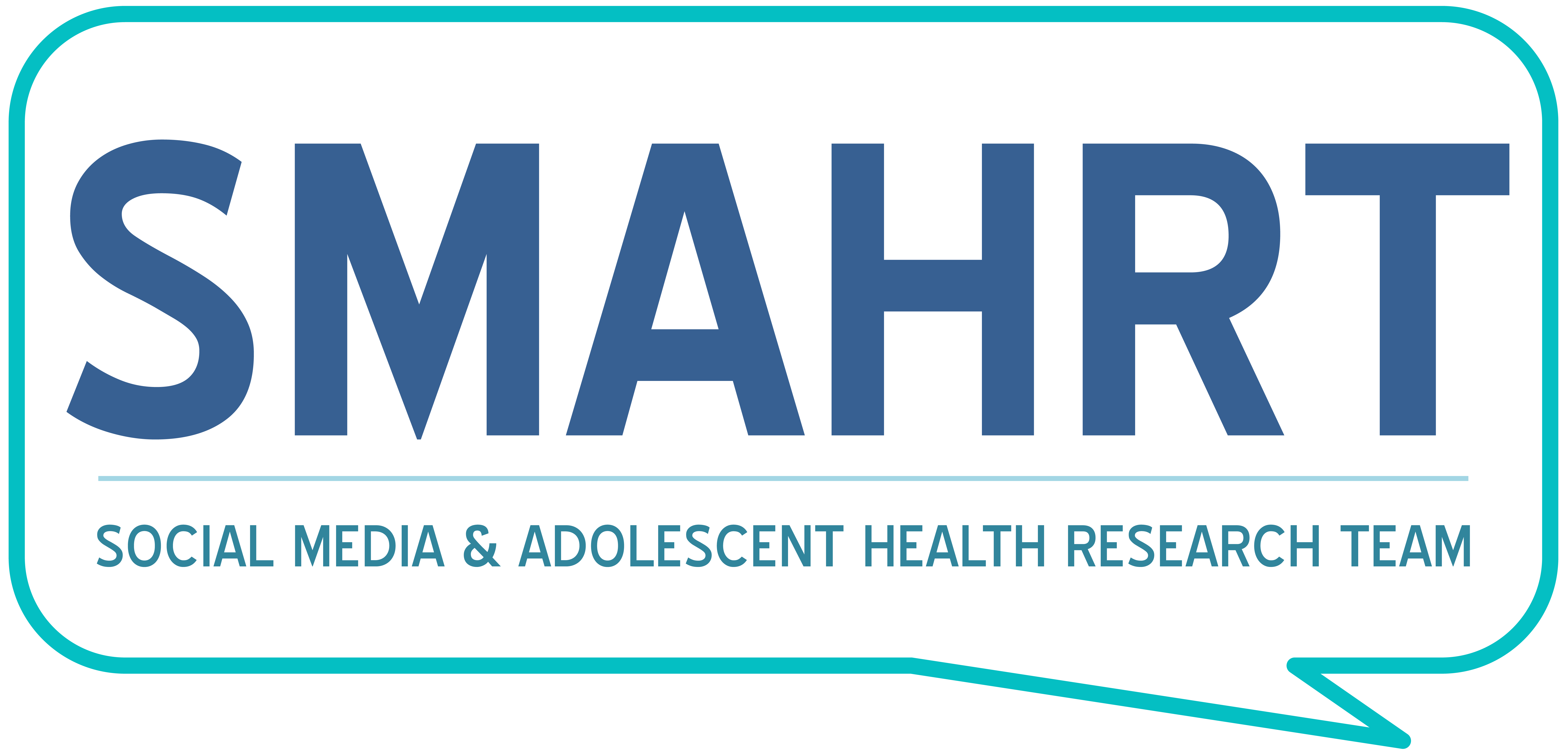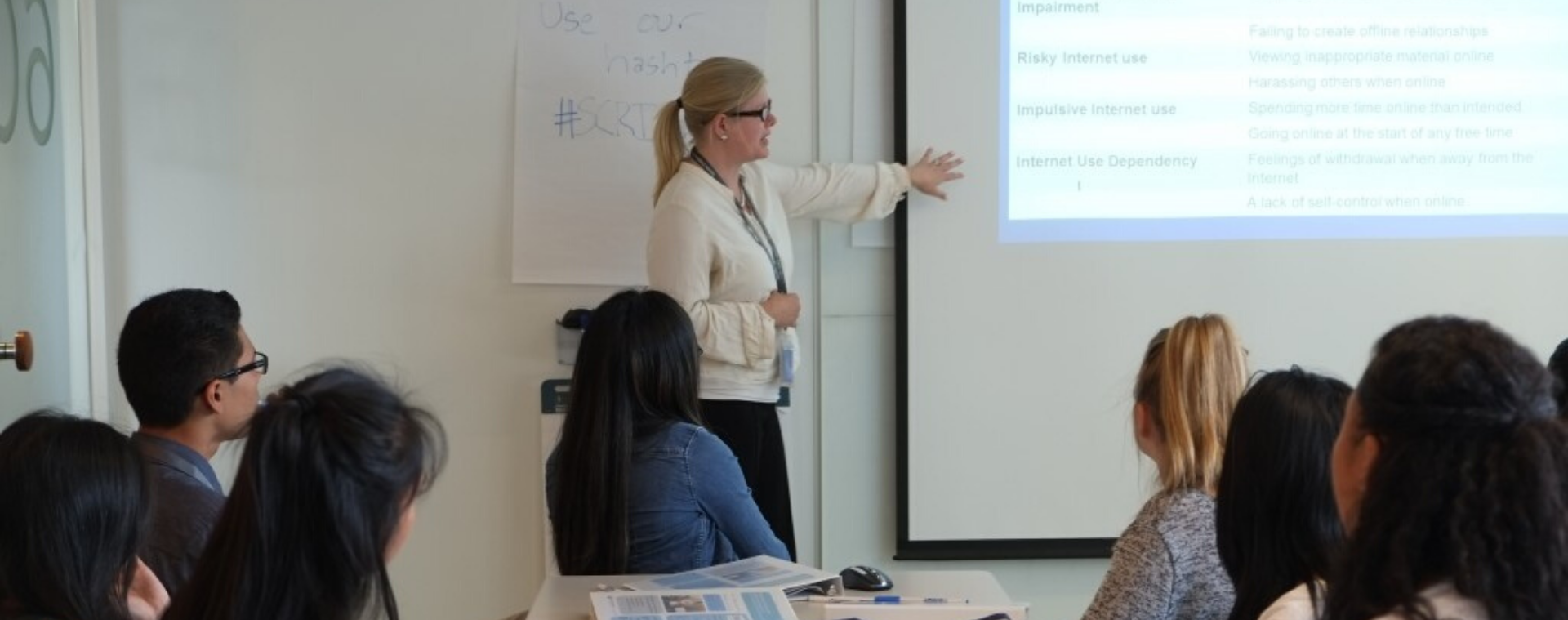
By Brad Kerr
I have gotten to spend ten years researching a topic I find interesting and important: social media and adolescent health. These research experiences do not, however, mean I am a trendsetting or even trend-following person when it comes to social media platforms. I created a Facebook account because I was excited to go to college, and back then, that was nearly the only app anybody had. Instagram and Snapchat emerged sometime later. Begrudgingly, and slowly, I downloaded these platforms; before too long, I mostly stopped checking them. More recently, TikTok rose to popularity. After many months, I had not considered downloading the app for personal use. Even as my mom created an account and began sharing videos with me, I hesitated. It was when a research intern chose to study TikTok that I finally downloaded the app.
I gained a basic understanding of TikTok. I knew how to navigate the platform. I knew that if I clicked and Liked various content, I would shape my experience on the app. I could imagine how my TikTok experiences might affect my own health. Still, as a novice to TikTok, and as an adult male, my perspective was incomplete.

In the last year, I met with our youth advisory board and asked them to help SMAHRT understand important and pressing issues around the relationship between social media and adolescent health. I opened up the discussion and let the board members have a free-flowing conversation about topics they found important. One thread was present throughout the conversation: TikTok. Youth expressed concerns about their peers stumbling upon inappropriate content on the platform. They asked questions about what makes the platform so “addicting”. They worried about whether there are mental health consequences associated with having to keep up the appearance of being an activist on TikTok.
This conversation made youth advisory board members’ experience of TikTok feel tangible to me. It wasn’t just the functionality and content of the app I became aware of. Instead, I learned how youth were reacting to content viewed on TikTok and what concerned them. While I, too, had seen social justice content on social media, it was our youth advisory board members who asked about consequences of viewing social justice content, and whether the feeling of a need to post about social justice with certain regularity could cause stress or anxiety. These youth helped me see TikTok through their eyes.
This experience brought a reminder about the importance of integrating youth voices into research. I do not always use the same social media platforms as youth, and even when I do, I may not see things the same way. I can guess what they see and think, but I will likely miss things. Youth are experts on their experience, and on many technology platforms in general, and our research improves when we leverage this expertise.

